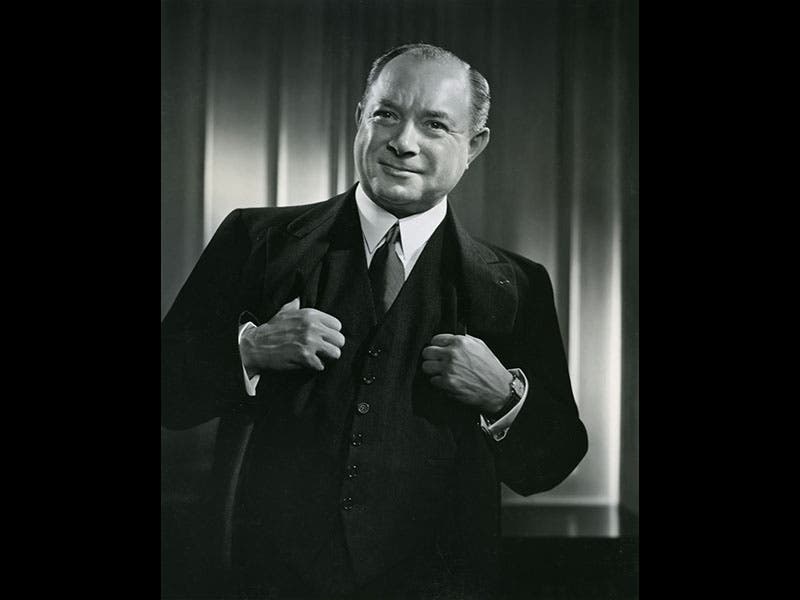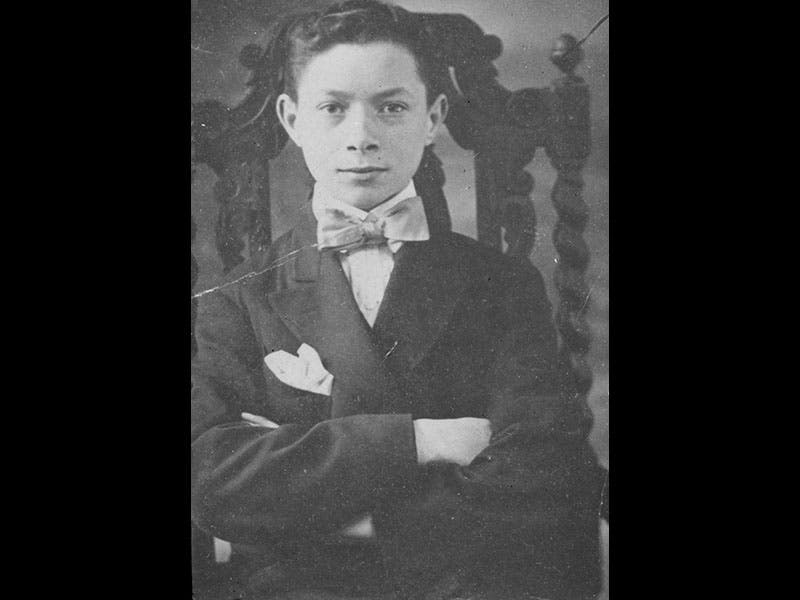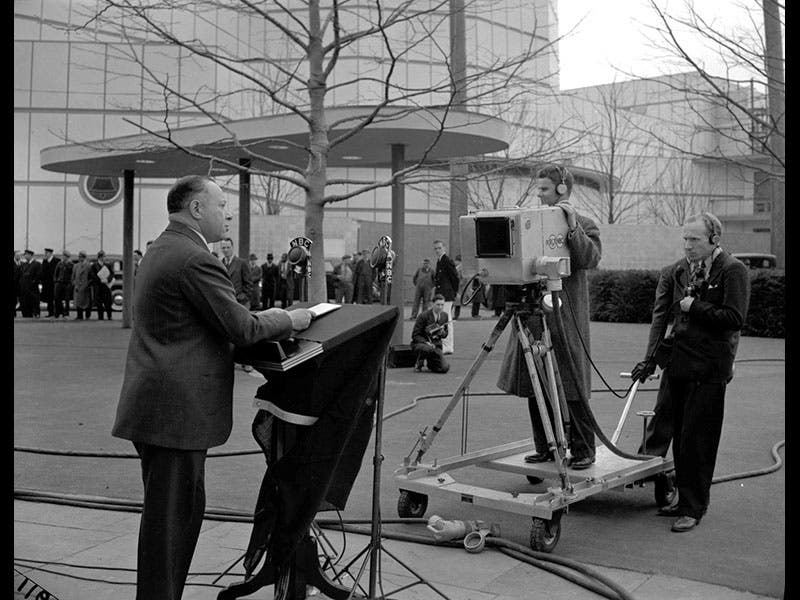Scientist of the Day - David Sarnoff
David Sarnoff, an American businessman, was born on February 27, 1891. Sarnoff grew up in Uzlian, a shtetl in present-day Belarus, until his parents decided to immigrate to the United States. The Sarnoffs relocated to New York, and David attended school until the age of 15, when he was forced to drop out to support his family. He eventually secured a job as an office boy at the Marconi Wireless Telegraph Company of America (second image). Radio fascinated Sarnoff, and he remained involved with the electronics industry for the rest of his life.
Although he lacked any formal technical education, Sarnoff proved a quick study. He taught himself Morse code in order to become a wireless operator and learned how to maintain transmitters at a Marconi station on Nantucket and on an Arctic seal hunting expedition. Soon after returning to New York, he assisted with rescue operations in the aftermath of the Titanic disaster. The following year, he was promoted to chief radio inspector for the entire Marconi operation (third image).
Sarnoff stayed with American Marconi until 1919, when the firm was purchased by General Electric and spun off into a new company—the Radio Corporation of America (RCA). He ascended steadily through RCA’s leadership, becoming president in 1930 and chairman in 1949 (first image). Ultimately, he was perhaps most proud of the rank of brigadier general, which he earned in 1944 for coordinating communications during the D-Day invasion. After the war, he preferred to be addressed as either General Sarnoff or “The General” (fourth image).
Under the General’s leadership, RCA grew into the country’s leading consumer electronics firm. Sarnoff oversaw the expansion of the National Broadcasting Company (NBC)—America’s first radio network. He subsequently spearheaded the commercialization of television, famously announcing the addition of “radio sight to sound” at the 1939 New York World’s Fair (fifth image) In 1942, Sarnoff also established a research center in Princeton, New Jersey, which became the birthplace of such prominent technologies as color television and the liquid crystal display (LCD).
The Princeton facility later housed the David Sarnoff Library, which served as RCA’s main technical archive, as well as a museum honoring the company and its most famous leader. When the library closed in 2009, its artifact collection—including the telegraph key Sarnoff used in the midst of the Titanic crisis—was transferred to The College of New Jersey. The RCA archives, including all of the photographs featured here, were sent to the Hagley Museum and Library in Wilmington, Delaware, which has done an excellent job making them accessible to the public.
Benjamin Gross, Associate Vice President for Collections, Linda Hall Library. Comments or corrections are welcome; please direct to grossb@lindahall.org.











